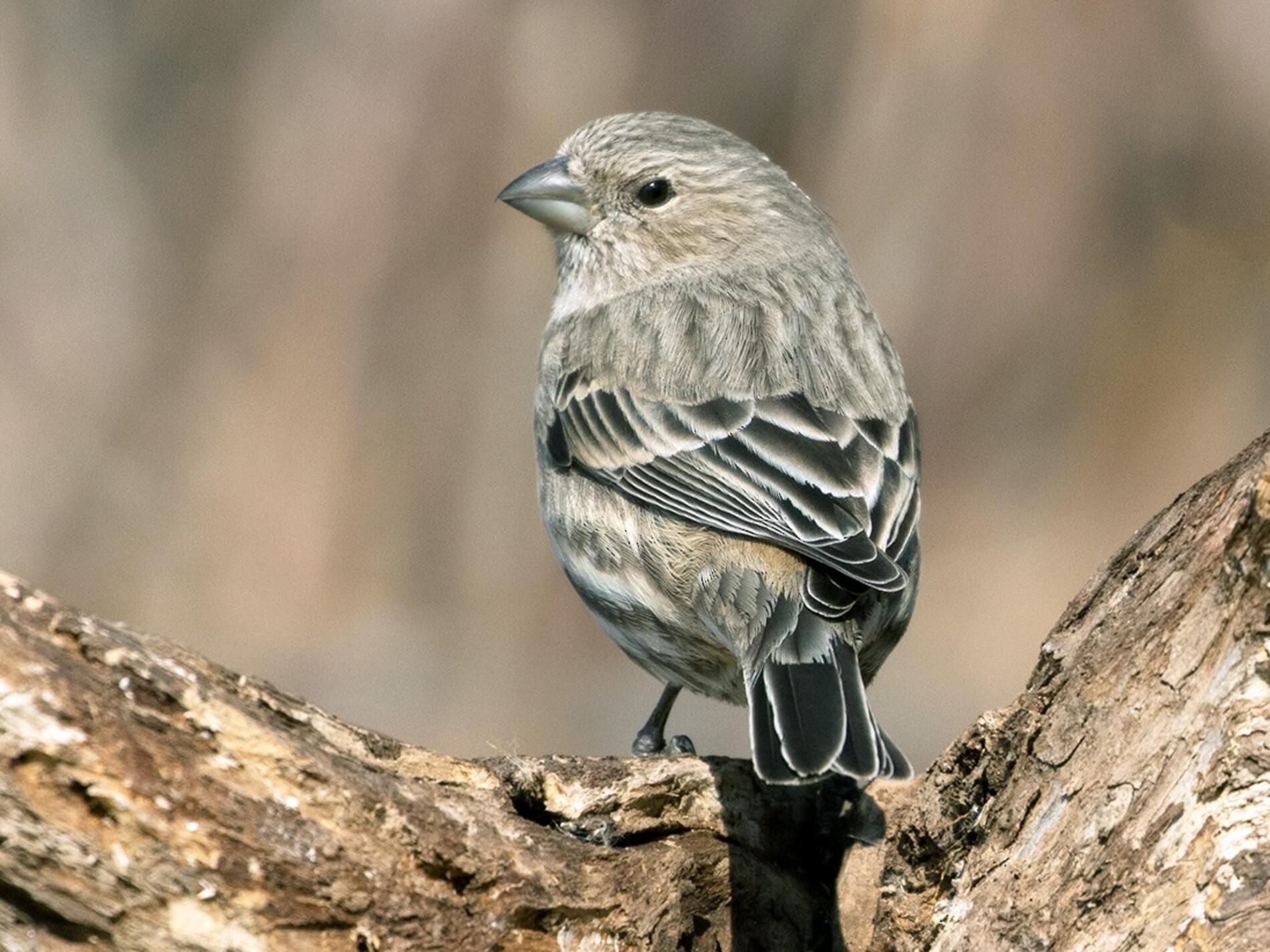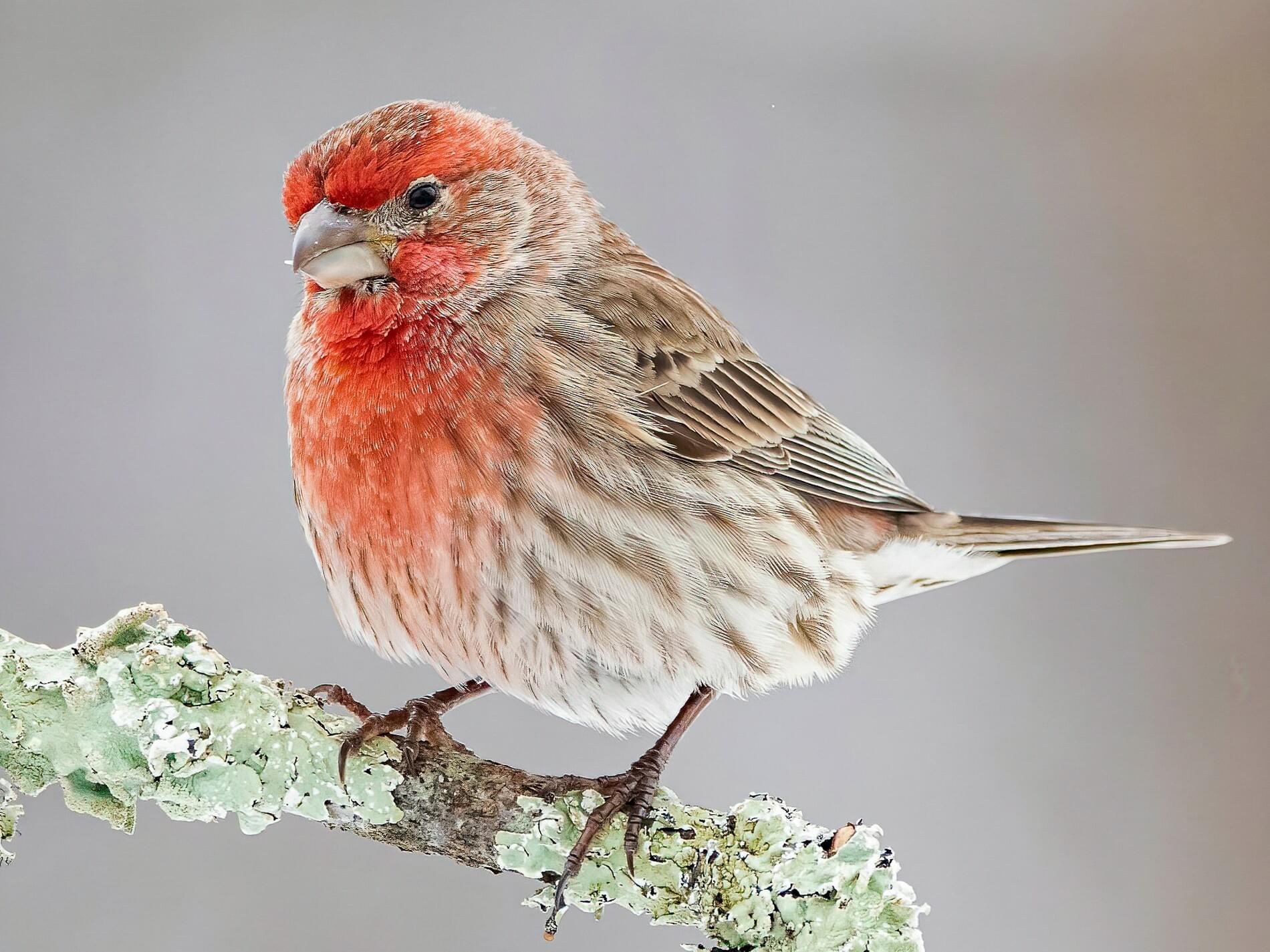House Finches: Physical Characteristics, Habitat, Behavior, And More
Table Of Content

Moreover, they frequently consume their food from bird feeders and hanging Nyjer sock feeders, especially if they contain sunflower or Nyjer seeds. On average, a pair will produce two successful broods in one nesting season. House finches can lay up to six clutches, but usually, no more than three make it to the fledging stage. For example, house finches nesting in Arizona always utilizes fresh creosote twigs with the leaves still on. Fresh or green plant materials help prevent mites, which is why finches will add more creosote to their nest when mite season is in full swing. We've made this site to make it easier to learn everything you need to know about your favorite songbird species.

House Finch: Dietary Preferences
House finches show their colors for mating season - Houston Chronicle
House finches show their colors for mating season.
Posted: Wed, 12 Jun 2019 07:00:00 GMT [source]
The wings have streaked patterns and usually possess greyish shading. The breasts, belly feathers, and flanks are typically streaked. Experience plays a role in how quickly and well nests are built. First-time females tend to struggle with structure and placement, whereas experienced females work much faster and more efficiently. House finches generally nest in spring and summer, between March and August. These birds have long nesting seasons because they often lay more than one clutch.

Reproduction and Lifespan of House Finches
This behavior is more commonly observed when natural nectar sources are limited or during the breeding season when they require extra energy. Sunflower seeds are particularly favored by house finches due to their high fat content. These seeds provide the necessary energy for these active birds, especially during winter when other food sources may be scarce. House finches can commonly be found perched on sunflower heads, delicately extracting the seeds one by one. Male house finches usually sing their full song throughout the year. Females, on the other hand, usually sing early in the breeding season, often with a shortened version of the song.
Females/immatures and males
Male House Finches usually have a streak of brown on their underbellies. The red on the male House Finch is much brighter and more noticeable. Males will remain close by, occasionally picking up and carrying nesting material, but these pieces are never used in the nest and are not meant to be.
Consequently, the female House Finch looks almost identical to that of the female House Sparrows. When the temperature drops, some species tend to migrate to warmer regions. The permanent residents, however, go through the cold weather from the warmth of something on their bodies. They are invasive species that usually stay active during the day. They tend to maintain small groups or flocks even while nesting. Sometimes, they even inhabit the abandoned nests of other species, as well as re-use their already-built nest for the upcoming years.
Female House Finch vs Female House Sparrow
Outdoors column: Purple finch a common sight at winter feeders in Central Minnesota - SC Times
Outdoors column: Purple finch a common sight at winter feeders in Central Minnesota.
Posted: Fri, 28 Jan 2022 08:00:00 GMT [source]
House finches are year-round residents in the regions they call home. Adult males are rosy red around the face and upper breast, with a streaks down the belly and on the flanks. House finches build nests of fine twigs, grasses and feathers in a wide variety of trees, vine thickets, gardens, porches, birdhouses and sometimes platforms. Sometimes they acquire the nest of an Oriole or Cliff Swallow. House finches are native in the West and most of Mexico, originally with a broad range of habitats in forest edges, smaller wood stands and deserts. They were introduced in the East (New York), and have since spread back westward throughout the U.S. and southern Canada.
One of the most populous birds in inner cities throughout the continent. Nesting, egg laying birds need seclusion and are unlikely to nest in a bird house near throngs of birds flocking to bird feeders. The Red-headed Sparrow, also known as the Ammodramus maritimus, is a small songbird that can be found in various parts of North America. Despite its name, the Red-headed Sparrow doesn’t actually have a red head like the House Finch.
These differences become more noticeable when the birds are perched. Another difference here is that while there are some types of sparrows that have dark streaking on their chests, most do not have any notable streaking here. As you read through this article, you’ll learn how to tell these birds apart by sight, sound, and habitat. Passionate bird enthusiast sharing knowledge and insights to inspire appreciation and conservation of our feathered friends. The presence of so many of these species only helps demonstrate nature’s diversified habitats and their critical role in maintaining them.
While competition for resources is a part of their interactions with other birds, house finches also engage in various social behaviors. They are generally gregarious birds and often form flocks, especially during the non-breeding season. These flocks can consist of both house finches and other bird species, with individuals foraging and roosting together. Competition for resources is a common occurrence among birds, and are no strangers to this. They often compete with other bird species for food, nesting sites, and territories. With their adaptability and ability to thrive in diverse environments, house finches have been successful in finding and securing resources for themselves.
They also have a thin and slightly curved beak, setting them apart from finches and sparrows. Interestingly, however, both male and female House Sparrows have similar sounding calls and vocal behavior. But it’s important to note that sparrows are less likely to eat fruits compared to House Finches. They usually prefer seeds from plants such as dandelions, sunflowers, and thistles. In contrast, sparrows have a straighter, thinner bill, which suits their need to peck at a wide range of food types 2.
During the final days before eclosion, the male continues to provide food to the chicks while the female begins to build the nest. The male has gray and brown stripes on the back, belly and tail. They have rose-red (sometimes yellowish) pigmentation on the crown of the head, cheeks, chest, shoulder spots, and back.
House Finches are often found in suburban areas hanging out around bird feeders and making nests in unusual places! If you’ve ever seen a mating flock or pair of house finches, you’ve probably noticed the most striking difference between males and females — their coloring. 3.) House Finches can look very different depending on where they live. Body and bill size, shape, wing length, tail length, and coloring can all vary regionally.
Comments
Post a Comment